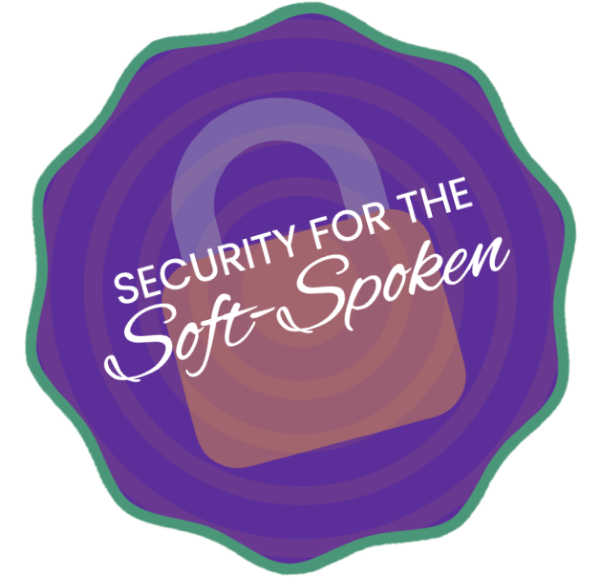Happy Sunday! I trust you all are having a safe and enjoyable weekend so far. Be sure to cram in as much rest and relaxation as possible before Monday! I usually fill my hours between YouTube, endless episodes of Columbo, and video games—of which I’ve moved from Cyberpunk 2077 (having finally finished each ending, including the secret one!) to Outer Worlds, in preparation for picking up the sequel. I really enjoyed playing through the first one, and wanted it to be fresh in my memory when I play Outer Worlds 2.
Minor confession this afternoon: I am having a very difficult time finding motivation to write something this week in my post. I do have my “this got me thinking” section all ready to go, but this part? Yeah, I’ve got next to nothing. I think that I need to reflect some on ways that I can perhaps try to regain my creativity and get things flowing again. I’m also going to use this creativity block as an opportunity to remind myself that it’s okay to be stuck. I’m not obligated to write something thought-provoking and memorable every week. So, on that note, I’ll simply continue on. ☺️
This Got Me Thinking
I was listening to The Awareness Angle podcast this week, and one of the hosts said something that’s been sitting with me ever since. They talked about how they wish organizations would offer their security teams “recovery time” after dealing with a major incident—maybe a month or so to decompress, rest, and reset. That opinion really resonated with me.
It struck me because we don’t often talk about the toll that incident response takes on the people doing it. When a breach happens, security teams are suddenly working around the clock—analyzing logs, coordinating responses, managing stakeholders, all while under intense scrutiny and pressure. The adrenaline keeps you moving, but it doesn’t keep you whole.
And then, when it’s over? Everyone just goes back to “normal.” The incident is closed, the reports are filed, and the team is expected to return to their regular duties as if nothing happened. But something did happen: not only to the organization, but also to the people who carried the weight of that crisis.
We understand this in other areas of life. Even your favorite piece in your wardrobe needs a break between wears to maintain its shape. That rest isn’t weakness, it’s maintenance, it’s recovery. But when it comes to the invisible toll of stress, burnout, and exhaustion, we often act as if simply surviving should be enough.
What if recovery time wasn’t a luxury, but a standard practice? What if we built into our incident response plans not just the technical steps, but the human ones? Perhaps provide the space for people to breathe, to rest, to process what they’ve just been through?
The strongest security posture isn’t just about how quickly we respond to incidents. It’s also about how well we take care of the people who respond to them.
Finally, here’s a look back at what I wore to work this past week. I’m very grateful for the cooler weather so that I can bring out my autumn/winter clothes, which is where I feel my personal style shines best. Let’s see how grateful I am when winter hits, and I’m having to walk into work when it’s 30ºF and under in the mornings. 🥶
I was also able to find a plug-in for my blog to allow for embedding and sharing posts from the Fediverse—more specifically, my Pixelfed account. This should allow me to directly share my outfits as I post them on my Pixelfed account (an Instagram alternative platform), without having to use Flickr as an intermediary.
Enjoy the rest of your weekend!
-Terry


Leave a Reply